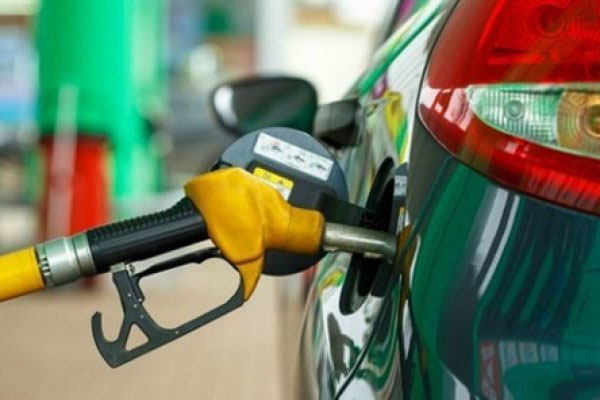
Fuel prices at the pumps are expected to fall by between 5 and 9 percent in the forthcoming pricing window, driven primarily by the cedi’s recent appreciation against the US dollar according to projections by the Africa Sustainable Energy Centre (ASEC).
Ghana operates a bi-monthly fuel pricing system and with a new window approaching, the cedi’s strengthened performance is likely to ease costs at the pumps. The local currency has seen notable gains in recent weeks, effectively lowering the cost of importing petroleum products denominated in US dollars.
As a result, petrol is projected to sell between GH¢12.00 and GH¢12.60 per litre, while diesel is expected to retail between GH¢12.60 and GH¢13.20 per litre. This represents a reduction of up to 9 percent from previous prices.
While falling international crude prices have also played a role – dropping from around US$85 per barrel in January to approximately US$64 currently – the cedi’s appreciation has been identified as the more decisive factor in the current downward trend of domestic fuel prices.
“Importers will now spend fewer cedis to buy the same volume of petroleum products and this benefit is expected to be passed on to consumers,” noted ASEC’s Executive Director, Justice Ohene-Akoto.
“Looking ahead, the potential for further reductions remains if the cedi continues its upward trajectory,” he said.
On the global front, crude prices are forecast to average between US$62 and US$65 per barrel for the remainder of the year. This outlook is supported by increased production from OPEC and subdued demand in major economies such as the United States and China, affected by persistent trade tensions.
Dual impact: Consumer relief, fiscal caution
This combination of easing global prices and a stronger domestic currency offers short-term relief for households and businesses, with the potential to improve energy affordability and reduce inflationary pressures.
However, the development also has fiscal implications. As a net oil exporter, Ghana derives a significant portion of its foreign exchange and government revenue from crude oil sales. The drop in international prices – from US$85 to US$64 per barrel – translates into reduced earnings from upstream petroleum operations, especially as this decline stems from global oversupply and weaker demand rather than cedi gains.
To compensate for potential revenue shortfalls, government and oil producers may consider ramping up output volumes – a common strategy to meet annual fiscal targets when prices falter.
ASEC noted the need for prudent policy responses that balance consumer welfare with macroeconomic stability. The organisation reaffirmed its commitment to delivering evidence-based insights to inform decision-making across government, industry and civil society.
“While the projected 5–9 percent reduction in fuel prices is welcome news for consumers, it also underscores the interconnectedness of global commodity markets and local economic fundamentals,” ASEC concluded.
The post Fuel prices set to fall by up to 9% as cedi strengthens appeared first on The Business & Financial Times.
Read Full Story















Facebook
Twitter
Pinterest
Instagram
Google+
YouTube
LinkedIn
RSS